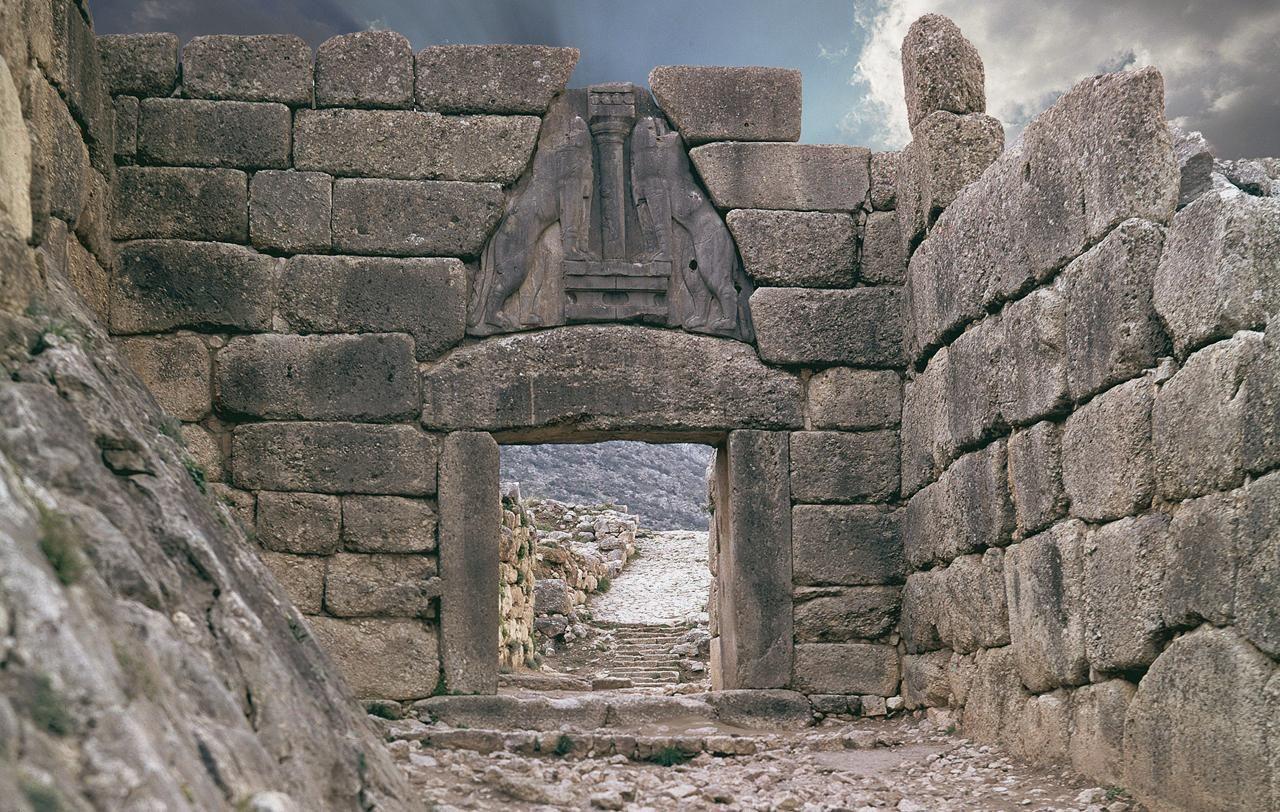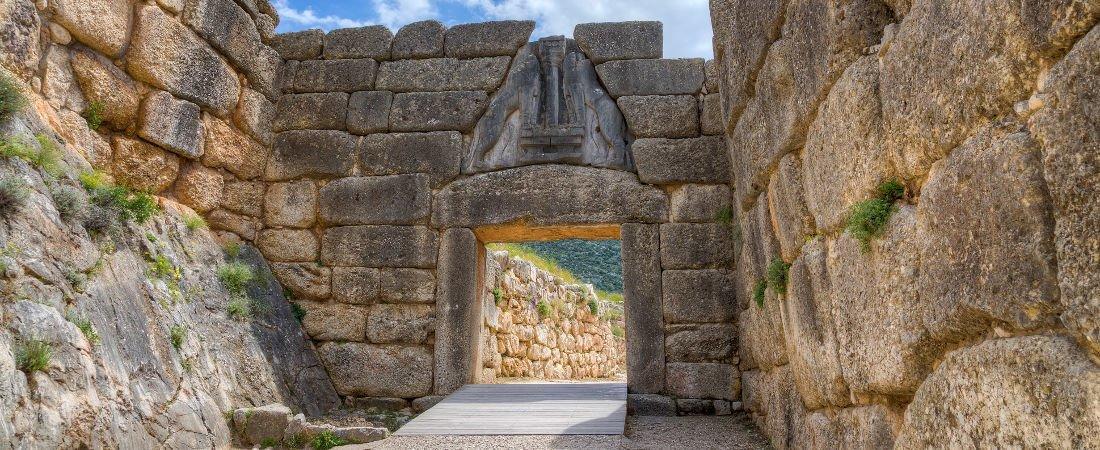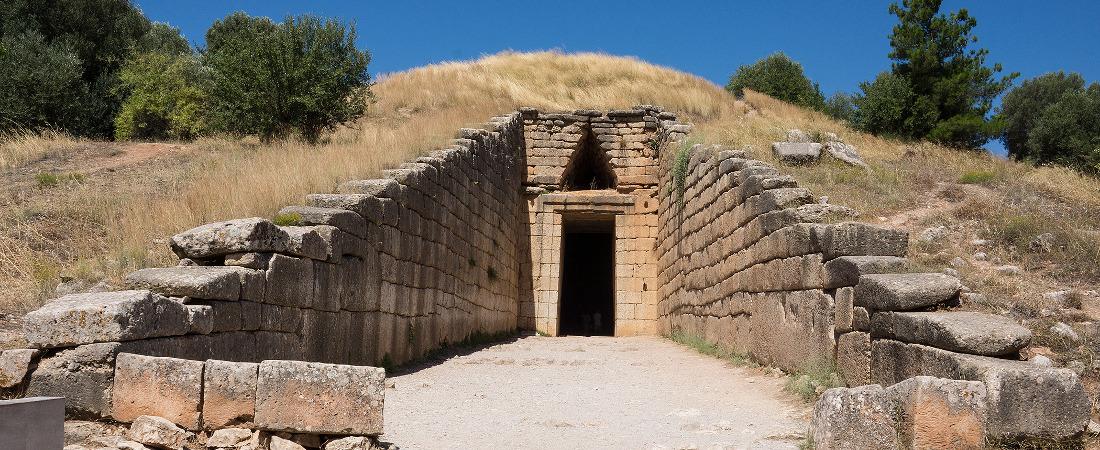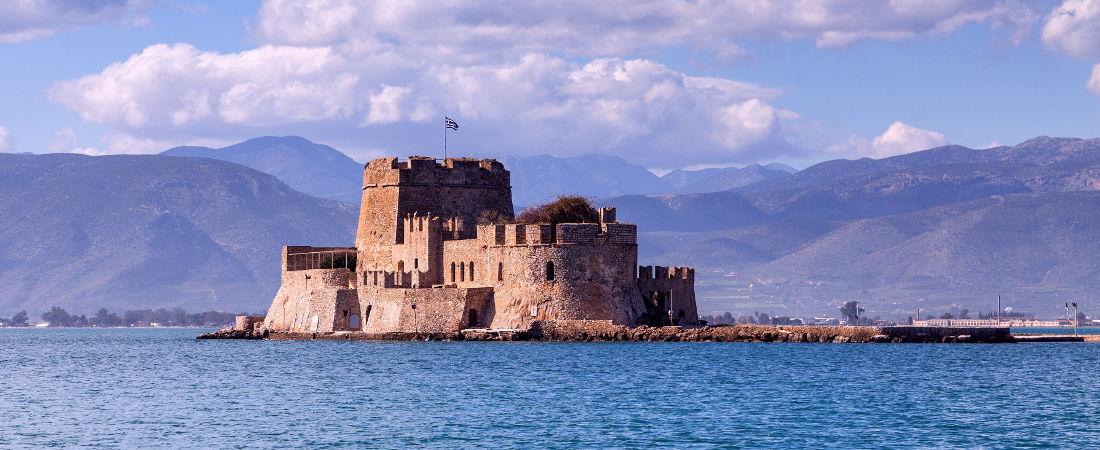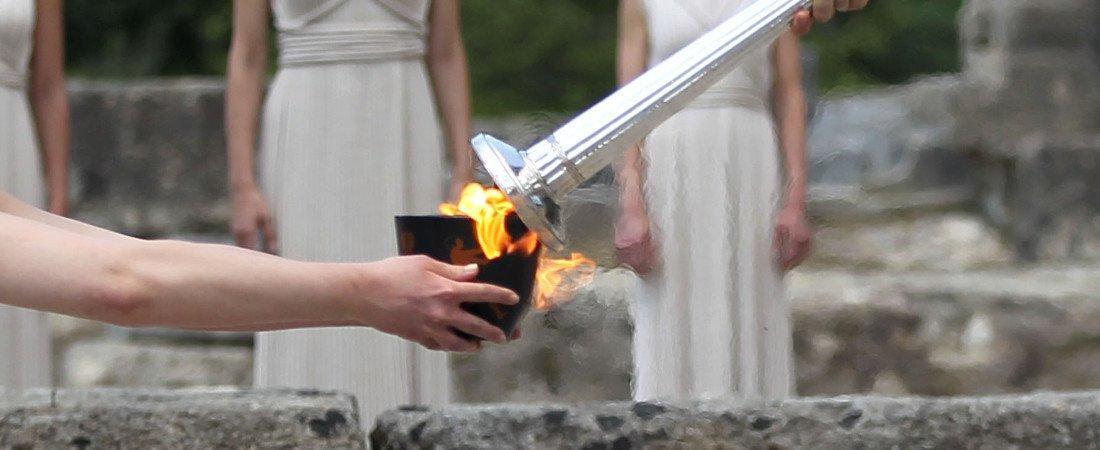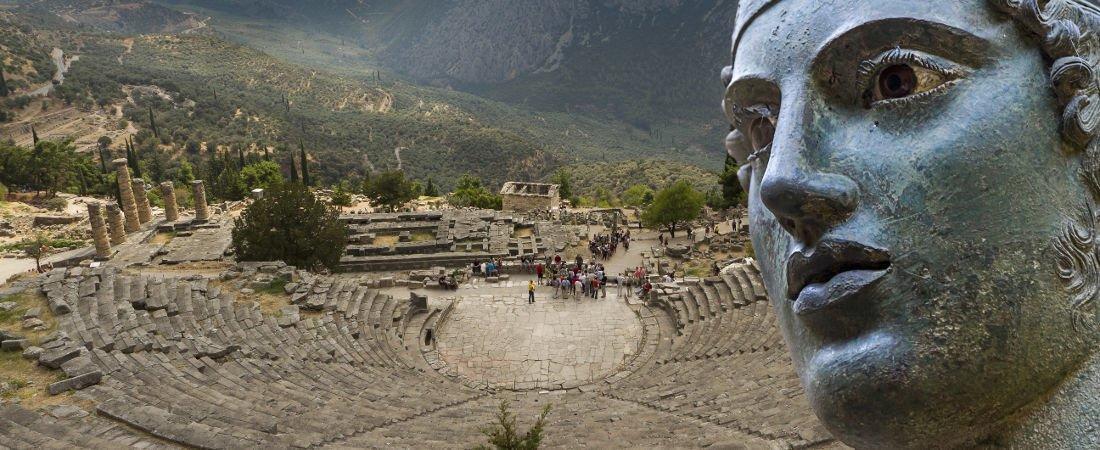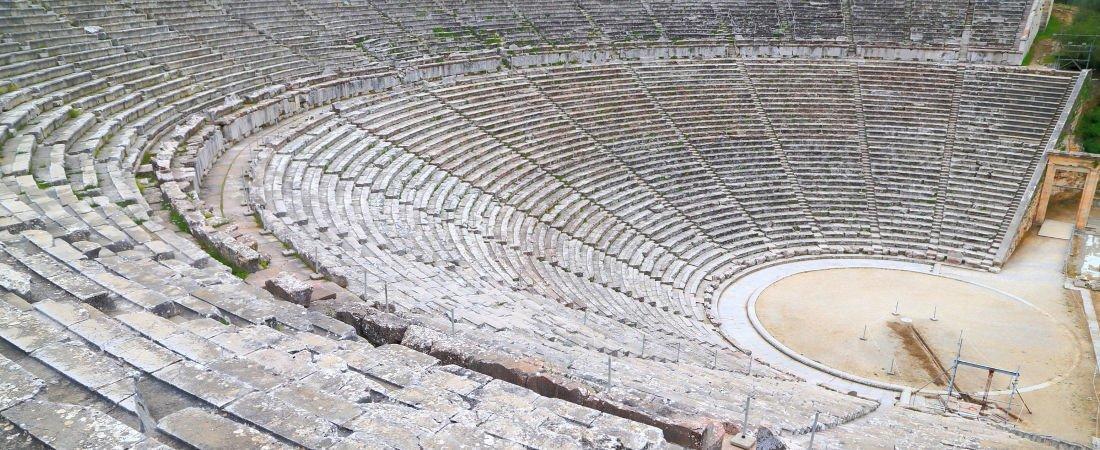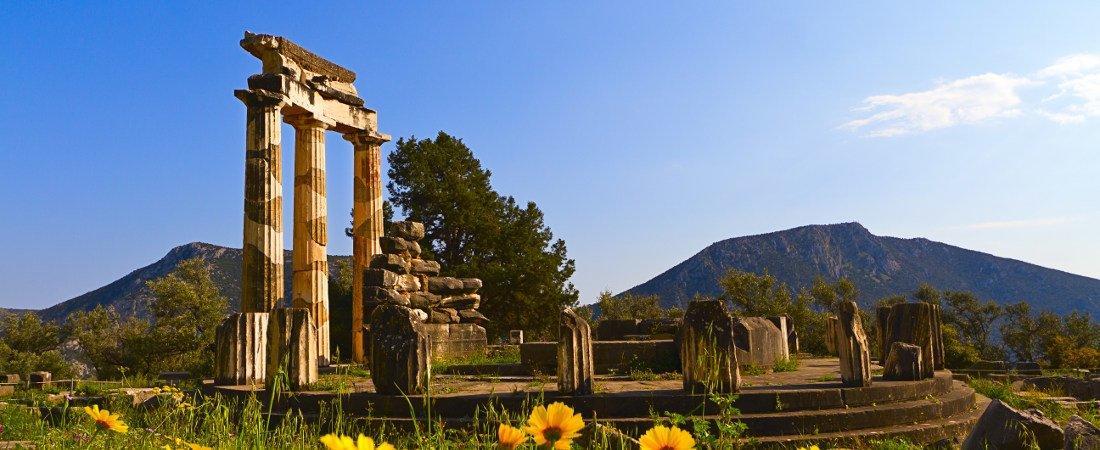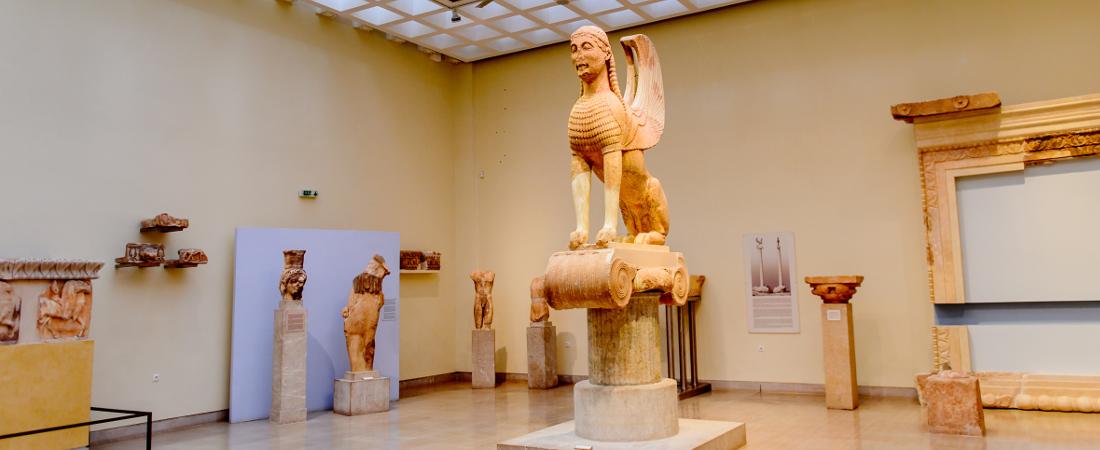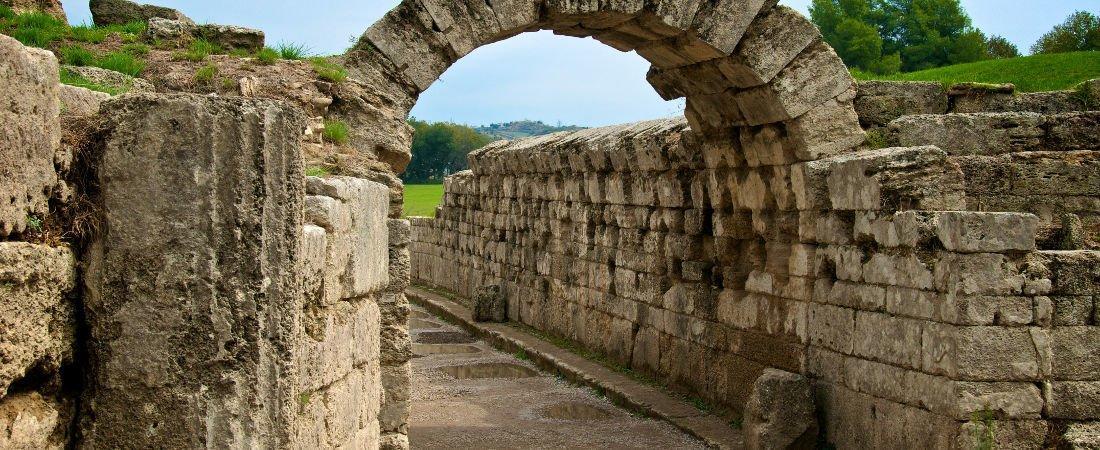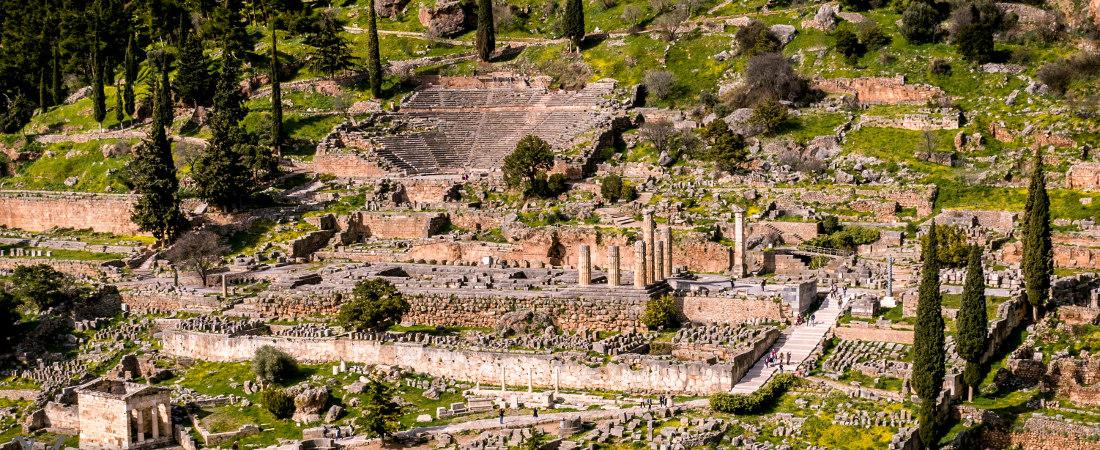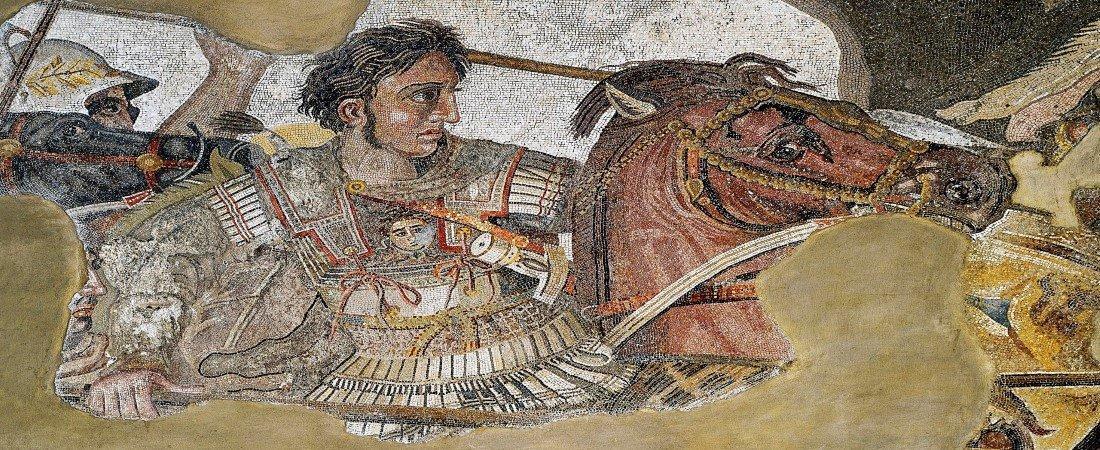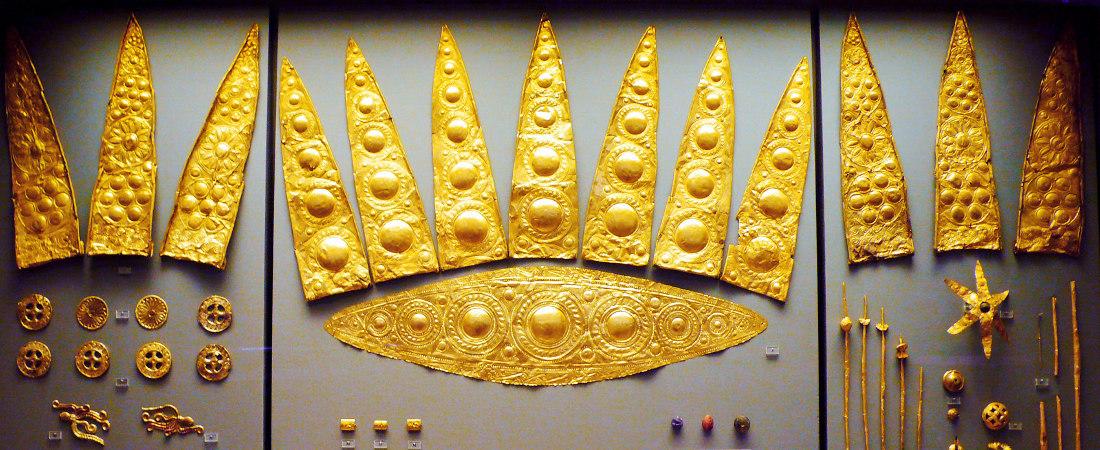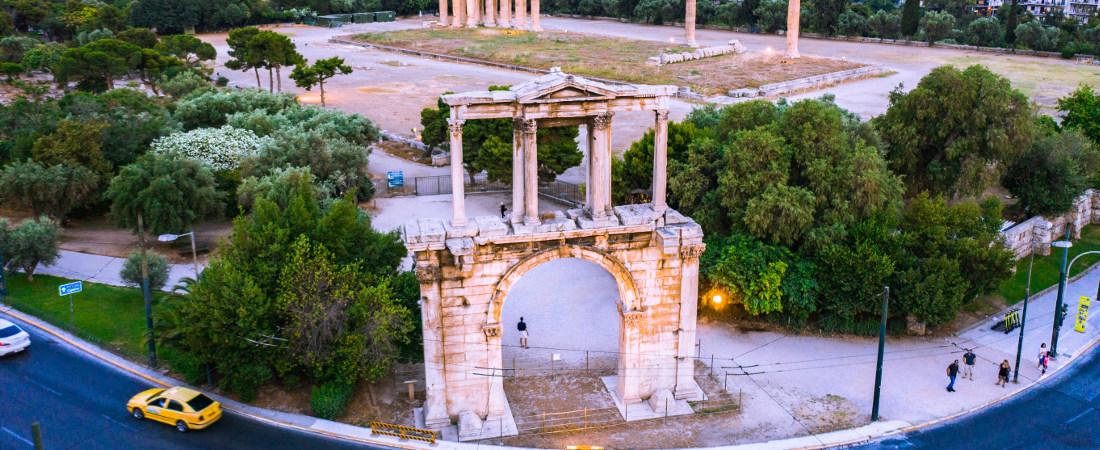The Lion’s Gate
The Lion’s Gate was the main entrance of the Bronze Age citadel of Mycenae, southern Greece. It was erected during the 13th century BC on the northwest side of the Acropolis of Mycenae. They named it after the relief sculpture of two lionesses or lions in a heraldic pose that stands above the entrance.
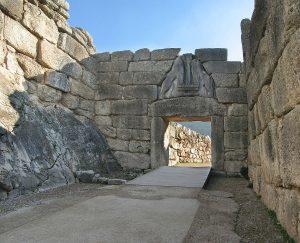 The Lion’s Gate is the sole surviving monumental piece of Mycenaean Sculpture, as well as the largest sculpture in the prehistoric Aegean. The Lion’s Gate is the only monument of Bronze Age Greece to bear an iconographic motif that survived without being buried underground. Also, it is the only relief image that was described in the literature of classical antiquity. So much so, that it was well-known before modern archaeology.
The Lion’s Gate is the sole surviving monumental piece of Mycenaean Sculpture, as well as the largest sculpture in the prehistoric Aegean. The Lion’s Gate is the only monument of Bronze Age Greece to bear an iconographic motif that survived without being buried underground. Also, it is the only relief image that was described in the literature of classical antiquity. So much so, that it was well-known before modern archaeology.
The first correct identification of the Lion’s Gate in modern literature was during a survey conducted by Francesco Grimani, commissioned by the Provveditore Generale of the Kingdom of Morea in 1700. He used Pausanias‘s description of the Lion Gate to identify the ruins of Mycenae.
During the Late Helladic perios of IIIB, the people decided to further extend the citadel. At the same time, they decided to build The Cyclopean Walls as part of this extension. This extension also included the raising of the Lion’s Gate. Furthermore, this archeological site is also where the Tomb of King Agamemnon stands tall even today.
Admire the Lion’s Gate in Mycenae Archaeological Site with one of our tours.
- 1 Day Tour To Mycenae, Nauplion and Epidaurus (Argolis)
-
5 Day Tour To Epidaurus, Nauplion, Mycenae, Olympia, Delphi and Meteora Monasteries
-
2 Day Tour To Mycenae, Nauplion City and Epidaurus (Argolis)
-
4 Day Tour To Epidaurus, Mycenae, Nauplion, Olympia, Delphi and Meteora Monasteries
-
8 Day Combined Tour Package to the Islands and Historical Sites of Greece
-
3 Day Tour To Epidaurus, Mycenae, Nauplio, Olympia and Delphi Archaeological Sites

